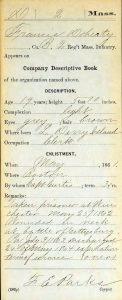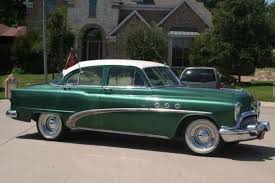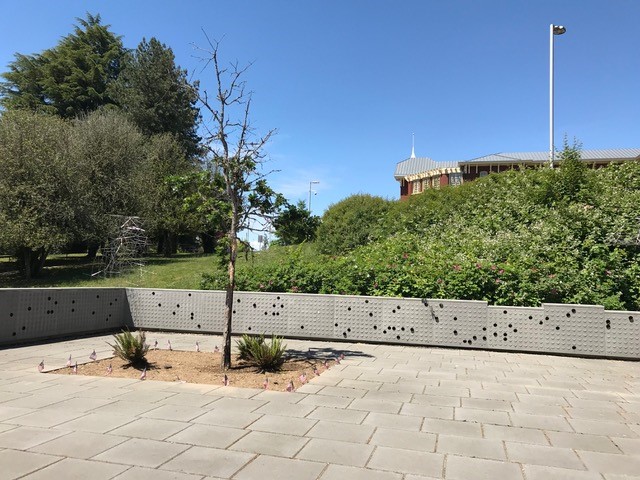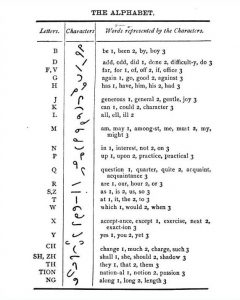
When researching ancestors who fought in the Civil War, don’t forget to examine their Combined Military Service Records for important genealogical data. In the late nineteenth and early twentieth centuries, the Combined Military Service Records were created by the War Department to expedite the administration of the claims and pensions of veterans. Information was collected from muster lists, enlistment records, payrolls, and other miscellaneous sources, and then organized into envelopes by soldier. These records are housed at the National Archives, and many are also available on Fold3 for both Confederate and Union troops.
These Combined Military Service Records note the date of enlistment, presence or absence at muster, injuries sustained, promotions, and discharge. Most importantly, they may also give the specific birthplace of the soldier. For those of us whose Civil War ancestors were immigrants, or whose ancestors were born in locales with poor vital records, these records are especially important. Beyond their military service, these records can also provide unique information, including a physical description of the soldier. Continue reading Service records for Civil War combatants








